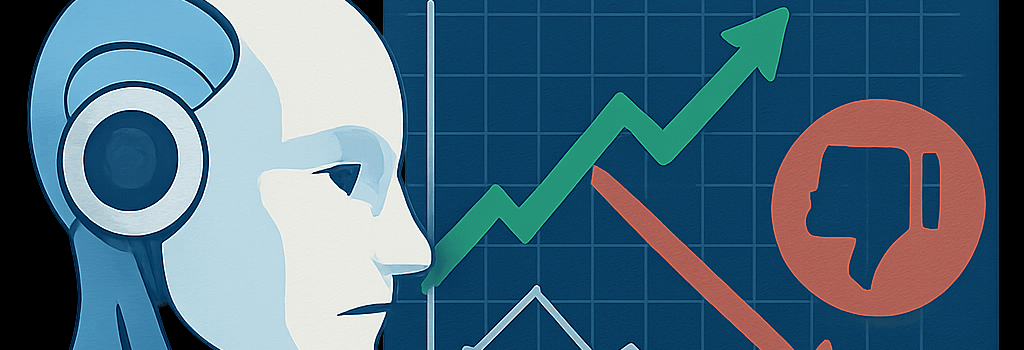Developer Survey: AI Tools Rise, Trust Falls Amid Debugging Issues

In mid-2025, StackOverflow surveyed over 49,000 professional developers to understand how AI coding assistants like GitHub Copilot, Cursor, and open-source LLMs have reshaped software engineering workflows. While 80% of respondents report active use of AI tools—a dramatic increase from just 45% two years ago—only 29% express confidence in the generated code’s correctness, down from 40% in prior surveys.
Key Findings from the 2025 Survey
Usage vs. Trust Metrics
Adoption of AI code assistants has accelerated, driven by improvements in large language model architectures (e.g., GPT-4 Turbo, Anthropic’s Claude 3). However, perceived reliability has dipped:
- 80% of developers use AI tools regularly (up from 67% in 2024).
- 29% trust the accuracy of AI suggestions (down from 40%).
- 72% avoid “vibe coding,” treating AI outputs only as a starting point.
Debugging Overhead and “Almost Correct” Solutions
Nearly half of developers (45%) cite “solutions that are almost right but not quite” as their top frustration. Such near-misses can introduce latent bugs in production:
- Subtle logical errors in branching conditions.
- Incorrect API usage or parameter ordering.
- Security vulnerabilities due to missing sanitization.
“Hallucinations in code completion aren’t as obvious as syntax errors. They slip past CI/CD pipelines and only surface under load or edge inputs,” notes Dr. Elena Martínez, software reliability engineer at a major e-commerce firm.
Over 35% of developers report that AI-introduced bugs drove them back to StackOverflow or internal IRC channels for troubleshooting, negating some of the efficiency gains.
Technical Limitations and Error Taxonomy
Understanding the root causes of AI errors is critical for mitigation:
- Context Window Overflow: Models with 8K-token windows may omit crucial project context, leading to irrelevant code.
- Ambiguous Prompts: Non-deterministic completions when prompt specificity is low.
- Library Drift: Outdated training data can generate examples for deprecated APIs.
Industry leaders recommend integrating static analysis tools (e.g., SonarQube, ESLint) and unit tests in the CI pipeline to catch these issues early.
Best Practices for Integrating AI Tools into Dev Workflows
To maximize benefits and minimize risks, organizations should consider:
- Sandbox Environments: Isolate AI-generated code in feature branches with mandatory code reviews.
- Automated Testing: Enforce test coverage thresholds (e.g., 80%+ unit test coverage on AI-assisted modules).
- Prompt Engineering Training: Educate teams on crafting precise prompts to reduce hallucinations.
- Feedback Loops: Capture acceptance/rejection rates of AI suggestions to fine-tune models internally.
“AI is most effective in pair-programming mode—prompt it for edge cases or performance optimizations, then validate manually,” explains Marcus Liu, CTO at an AI-driven fintech startup.
Future Outlook and Vendor Roadmap
Major AI providers are investing in reliability features:
- OpenAI’s Code LLM Reference initiative to ground completions in official docs.
- GitHub’s Copilot X extension with integrated vulnerability scanning.
- Anthropic’s Constitutional AI techniques to reduce bias and hallucinations.
Open-source LLMs (e.g., Meta’s LLaMA 3, MosaicML’s models) are also gaining traction, allowing firms to fine-tune on private codebases for higher accuracy.
Conclusion
While AI coding tools are now embedded in most development teams’ toolchains, declining trust and increased debugging effort underscore the need for robust governance, testing, and training. As models improve and best practices mature, developers can strike a balance between productivity gains and code quality assurance.